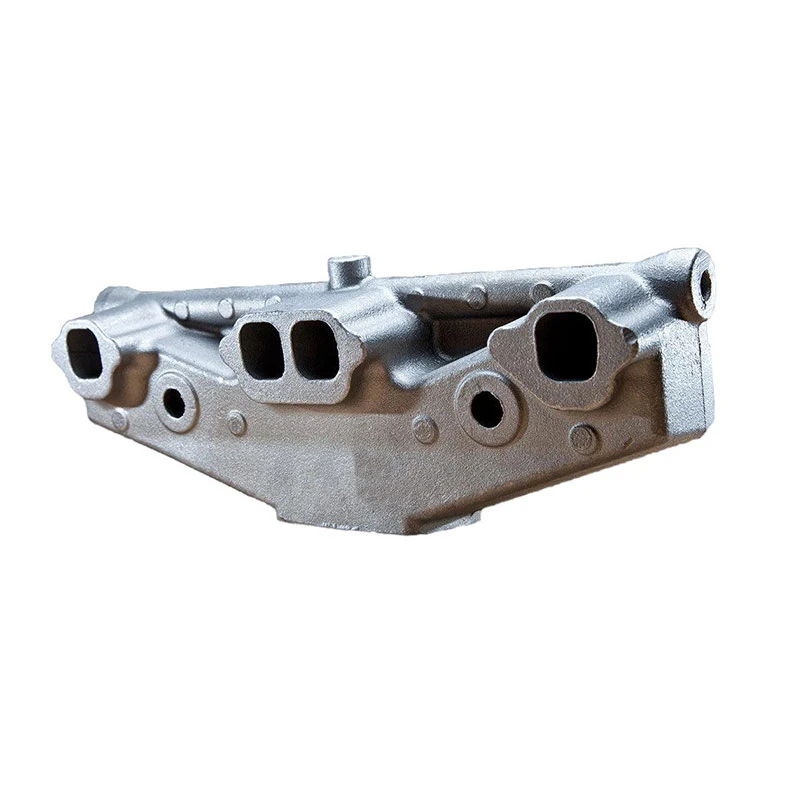progressive stamping parts
Understanding Progressive Stamping Parts An Overview
Progressive stamping is a sophisticated manufacturing process that plays a pivotal role in the production of metal parts. This technique combines various operations into a single, continuous run, enabling the efficient mass production of complex components. In this article, we will delve into what progressive stamping is, its advantages, applications, and the technology behind the process.
What is Progressive Stamping?
Progressive stamping involves feeding a continuous strip of material, usually metal, through a series of dies that perform different operations in a single pass. Each die performs a specific task—such as cutting, bending, or reshaping—ultimately leading to the creation of a finished part. This process is highly efficient and ideal for producing large quantities of parts with precision and consistency.
Advantages of Progressive Stamping
One of the primary advantages of progressive stamping is its ability to reduce production time. Since multiple operations are conducted in a single stroke, there’s less downtime compared to other methods that may require separate machines or manual handling. This leads to increased productivity and lower labor costs.
Additionally, progressive stamping enhances precision. The automated nature of the process minimizes human error and ensures that each part is fabricated to exact specifications. The consistency in production quality is critical for industries such as automotive, electronics, and aerospace, where tolerances can be extremely tight.
Another significant benefit is material efficiency. Because the process involves a continuous strip of material, waste is minimized compared to traditional cutting methods where separate pieces are cut and may leave excess material. This not only reduces costs but also supports sustainable manufacturing practices.
Applications of Progressive Stamping
progressive stamping parts

Progressive stamping is utilized across various industries for producing a wide array of parts. In the automotive industry, it is commonly used to manufacture components such as brackets, clips, and housings. These parts are integral to the assembly of vehicles, contributing to both functionality and safety.
In the electronics sector, progressive stamping is employed to create intricate connectors, battery terminals, and circuit components. The precision of the process ensures that these critical parts meet the required performance standards and function reliably.
Aerospace applications also benefit from progressive stamping. Components such as aircraft brackets and support structures are produced using this method, where quality and durability are paramount. The ability to produce complex geometries with precision makes progressive stamping an invaluable tool in aerospace manufacturing.
The Technology Behind Progressive Stamping
The efficiency of progressive stamping can be attributed to advancements in technology. Modern stamping presses are equipped with advanced computer numerical control (CNC) systems that allow for precise automation of the process. These systems can be programmed to handle various materials, thicknesses, and part designs, increasing versatility.
Furthermore, the integration of 3D modeling software has revolutionized the design phase of progressive stamping. Engineers can create detailed and intricate designs, simulate the stamping process, and optimize tool paths before any physical production begins. This not only shortens the development cycle but also reduces the likelihood of costly errors during manufacturing.
Conclusion
Progressive stamping parts have become essential to contemporary manufacturing, offering numerous advantages such as increased efficiency, versatility, and precision. As technology continues to evolve, the capabilities of progressive stamping are expected to expand, further solidifying its role as a key process in the production of high-quality metal components. Its applications across various industries underscore its importance in the modern manufacturing landscape, meeting the demands of quality and speed essential for today's competitive markets. Whether in automotive, electronics, or aerospace, progressive stamping is undeniably a cornerstone of efficient manufacturing processes.
-
Expert Aluminum Green Sand Castings | Quality & Cost-EffectiveNewsAug.31,2025
-
Precision OEM Housing: Custom Cast Components ExpertNewsAug.30,2025
-
OEM Sand Casting Nodular Cast Iron-Baoding Hairun Machinery And Equipment Trading Co., Ltd.|Customization&Quality AssuranceNewsAug.29,2025
-
OEM Sand Casting Nodular Cast Iron-Baoding Hairun|Precision CustomizationNewsAug.29,2025
-
High-Quality Aluminum Green Sand Castings ServicesNewsAug.29,2025
-
Custom OEM Stamping Parts | Precision Metal ManufacturerNewsAug.28,2025















